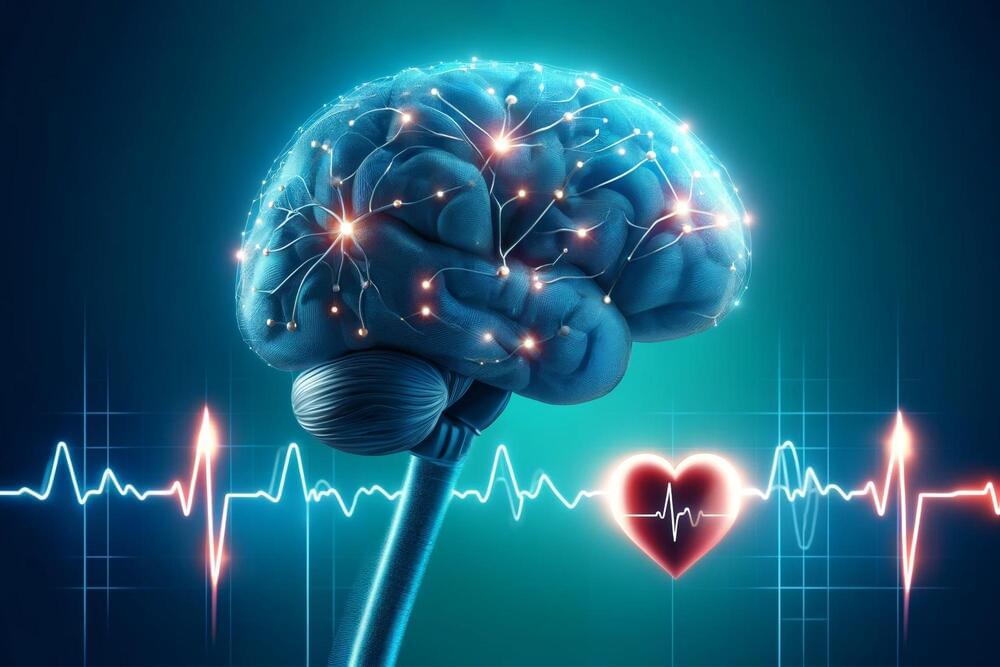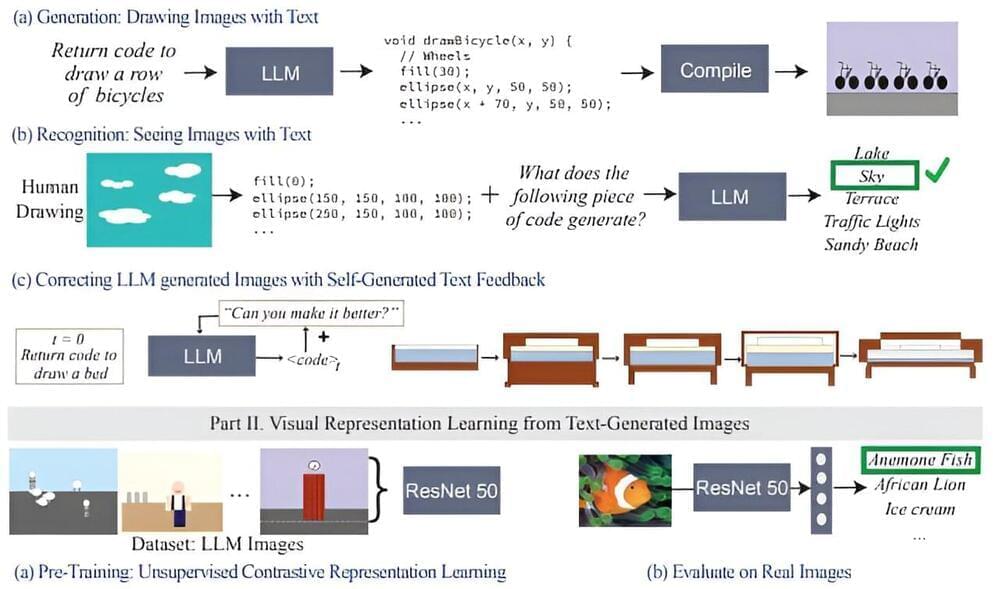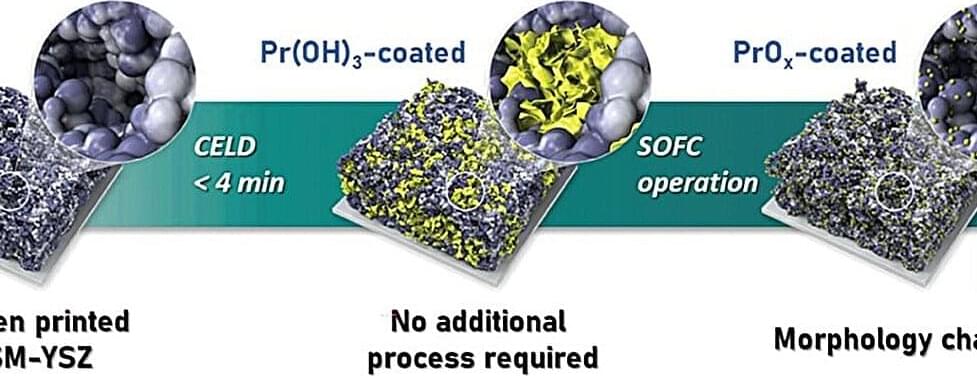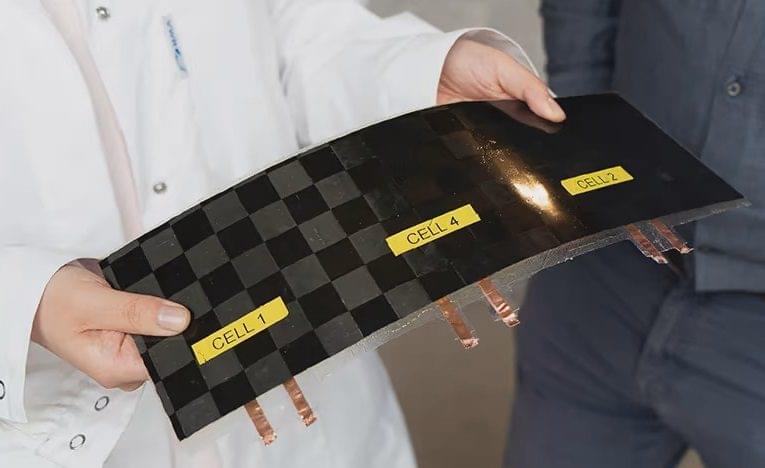Jun 18, 2024
Stanford Unveils Game-Changing Liquid Fuel Technology for Grid Energy Storage
Posted by Saúl Morales Rodriguéz in categories: solar power, sustainability
Stanford scientists are enhancing liquid fuel storage methods by developing new catalytic systems for isopropanol production to optimize energy retention and release.
As California transitions rapidly to renewable fuels, it needs new technologies that can store power for the electric grid. Solar power drops at night and declines in winter. Wind power ebbs and flows. As a result, the state depends heavily on natural gas to smooth out the highs and lows of renewable power.
“The electric grid uses energy at the same rate that you generate it, and if you’re not using it at that time, and you can’t store it, you must throw it away,” said Robert Waymouth, the Robert Eckles Swain Professor in Chemistry in the School of Humanities and Sciences.


















